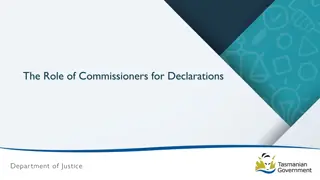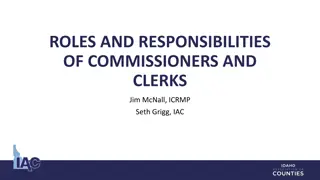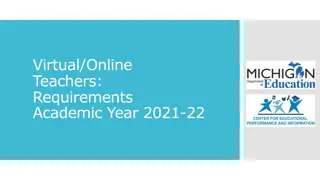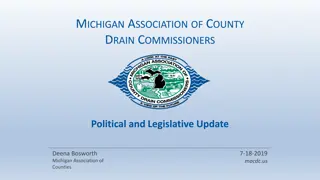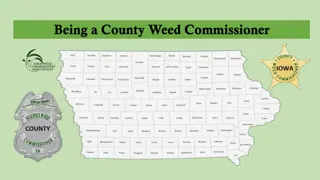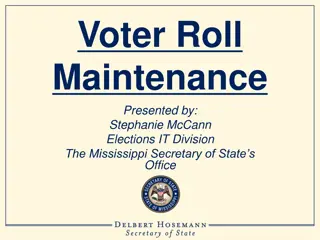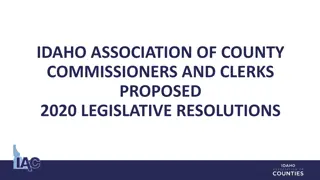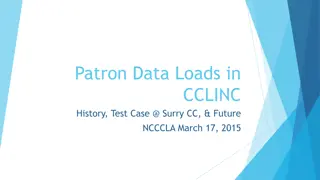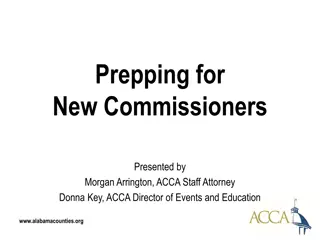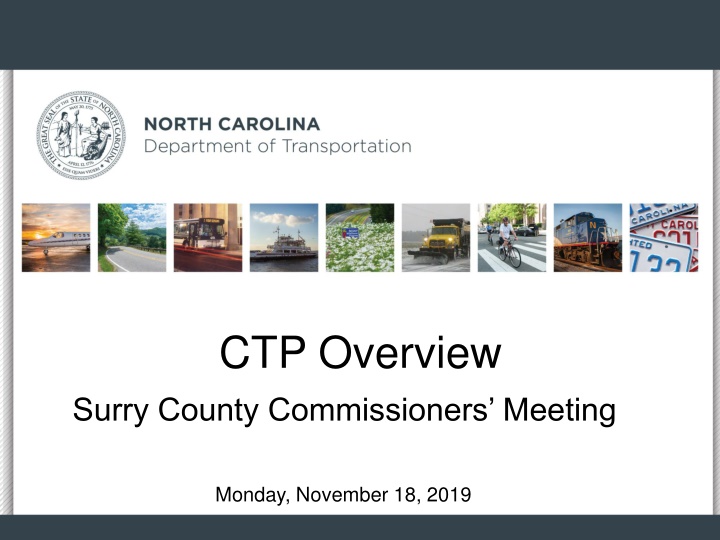
Regional Comprehensive Transportation Plan Overview
Explore the Northwest Piedmont Regional Comprehensive Transportation Plan (CTP) detailing the importance, benefits, and process involved. Discover why a CTP is essential for long-term transportation planning, including its role in developing a coordinated transportation system within municipalities. Dive into the elements of a CTP, such as multimodal maps, highway recommendations, and public transportation considerations. Gain insights into how CTP fits into the broader picture of long-range planning and project development.
Download Presentation

Please find below an Image/Link to download the presentation.
The content on the website is provided AS IS for your information and personal use only. It may not be sold, licensed, or shared on other websites without obtaining consent from the author. If you encounter any issues during the download, it is possible that the publisher has removed the file from their server.
You are allowed to download the files provided on this website for personal or commercial use, subject to the condition that they are used lawfully. All files are the property of their respective owners.
The content on the website is provided AS IS for your information and personal use only. It may not be sold, licensed, or shared on other websites without obtaining consent from the author.
E N D
Presentation Transcript
CTP Overview Surry County Commissioners Meeting Monday, November 18, 2019
Overview I. Overview of a CTP I. What is a CTP? II. Why is a CTP Needed? III.Benefits of a CTP II. Regional CTP Survey III. Socioeconomic Data Endorsement Transportation
I. Comprehensive Transportation Plan (CTP) Overview 3
Northwest Piedmont Regional CTP What is a CTP? Comprehensive Transportation Plan Long-range, multi-modal transportation plan 25 to 30-year planning period Vision plan Developed cooperatively among local stakeholders, Rural Planning Organization (RPO), and NCDOT Incorporates Land Use plans, community & statewide goals 4
Northwest Piedmont Regional CTP Where does the CTP fit into the Big Picture ? Long-Range Planning CTP Determining the Need North Carolina Prioritization Process Project given a score for funding consideration Program Development Funding the Projects Project Planning Minimizing the Impacts Project Design Design & Right-of-Way (ROW) Construction, Maintenance, Operations Building & Maintaining the Road 5
Northwest Piedmont Regional CTP Why is a CTP Needed? G.S. 136-66.2 Development of a coordinated transportation system and provisions for streets and highways in and around municipalities1. First Part of (a): Each municipality, not located within a metropolitan planning organization (MPO) as recognized in G.S. 136-200.1, with the cooperation of the Department of Transportation, shall develop a comprehensive transportation plan that will serve present and anticipated travel demand in and around the municipality. 1http://www.ncleg.net/EnactedLegislation/Statutes/HTML/BySection/Ch apter_136/GS_136-66.2.html 6
Northwest Piedmont Regional CTP What is in a CTP? Multimodal Maps Highway Facility Types Highway Recommendations Public Transportation and Rail Bicycle/Pedestrian Current and Future Conditions Lanes Right-of-Way (ROW) Volume and Capacity Recommendations Existing Proposed 7
Northwest Piedmont Regional CTP What are the Benefits of a CTP? A transportation plan that is coordinated with the local growth plan Results feed into the NCDOT prioritization process and help guide the RPO in developing project prioritization Common, long-range vision for facilities among local governments, RPO, and NCDOT 8
Northwest Piedmont Regional CTP What are the Benefits of a CTP? (continued) It is a mutually adopted plan by the NCDOT, the county, and municipal governments It gives due consideration to the human and natural environment. It is accountable to the public through the formal public involvement process. 9
Northwest Piedmont Regional CTP CTP Steering Committee Role Represent stakeholders in the county Coordinate with local councils and planning boards Assist with public involvement Review plan as it is developed Assist with adoption and endorsement Members NCDOT Transportation Planning Division and Division 9,11 RPO Northwest Piedmont RPO Local Stakeholders County, towns, business interests, multi-modal reps, environmental interests, Title VI, schools, elderly, etc. The Public 10
Develop Vision System Assessment Perform Base year Analysis Hold Initial Meetings Develop Community Vision We are here Endorse SE Data Develop Goals & Objectives Perform Future year Analysis 11 Transportation
II. Surry County CTP Survey (see handout) 12
III. Socioeconomic Data Endorsement 13
Draft SE Data Surry County Population Estimates Surry County Employment Estimates Transportation 14
Draft SE Data NCDOT requests a formal motion of endorsement for the Socio-Economic data projections Transportation 15
Questions? Transportation 16
Surry County CTP Team from NCDOT Michael Abuya, Project Manager mrabuya@ncdot.gov (919) 707-0990 Reuben Crummy, Engineer rcrummy@ncdot.gov 919-707-0971 Daryl Vreeland, Engineer dvreeland@ncdot.gov 919-707-0922 John A. (Andy) Bailey, Western Piedmont Planning Engineering Supervisor jabailey@ncdot.gov 919-707-0991 Transportation 17



